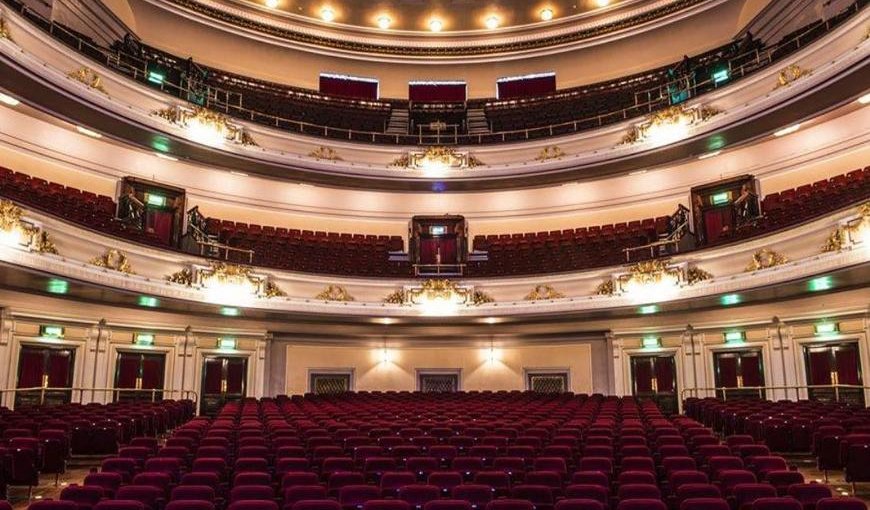
Program
Featuring
Other information
The event is about 2.5 hours long.
About the event
An overture composed by the founder of German romantic opera, a choral work by a talented member of the Mendelssohn family who remained unrecognized, one of the most difficult and famous violin concertos in music literature and a symphony inspired by a memorable trip to Scotland – this is the lavish program offered by the Budapest Festival Orchestra to audiences at its second concert in Edinburgh. The program is full of references to nature, from the sounds of the forest to the lights of dawn to the subtle noises of fairies and stunning Scottish landscapes. Twenty-two-year-old Daniel Lozakovich, the Swedish soloist for the violin concerto, was praised in connection with Mendelssohn’s piece by the reviewer of Bachtrack thus: “It was a revelation, as if hearing this wondrous concerto for the very first time. I was much struck by Lozakovich’s breathing control and dynamics.”
When Weber realized in Dresden that audiences could hear almost only mediocre Italian operas, he took charge. With his opera, Der Freischütz (The Marksman), he provided an example to Wagner, and even Debussy and Stravinsky. The overture to the work, an immediate success in Europe, not only presents the themes to come, but also draws a dramatic arc across them. The opening bars instantly create the basic atmosphere of the story, and “the life of the hunter and the rule of demonic powers”, as Weber put it, are also conjured up. Love, danger, forbidden places and mystery – all wrapped up in romantic music.
Composing music was considered a man’s trade in the 19th century. Women were only able to entertain their guests singing or playing the piano in the salon of their home. It was on these occasions that the talents of Fanny Mendelssohn, Felix’s sister, were revealed. She composed songs and later also choral works; more than 400 pieces in all. Gartenlieder, consisting of six choral works, is from 1846. Morgengruß (Morning Greeting) was written to the lyrics by Fanny’s husband and, on this occasion, will be performed by the musicians of the BFO.
Mendelssohn dedicated his violin concerto, composed as an adult, to his friend and fellow violinist, Ferdinand David, who was always on hand to assist the composer during the creative work that would span six years due to illnesses and other projects. The piece gets off to an unusual start, since, at the time, it was rare to have the soloist enter immediately. The placement of the virtuoso cadence was similarly unusual as it was positioned earlier, before the return (instead of its traditional place just before the end of the movement). Thanks to a bassoon note bridging the two movements, the first movement is followed immediately by the second, evoking the world of Songs Without Words. The piece concludes with a joyous finale, introduced with a fanfare of trumpets, which likewise comes on the heels of the preceding movement.
The four movements of the “Scottish” symphony also flow along without a pause. Mendelssohn visited England in 1829, from where he went on a trip to visit Holyrood Palace. Looking at the ruins in the overgrown surroundings, he wrote “I believe I have found today, in that old chapel, the beginning of my Scottish symphony”. He returned to the sketches only in 1841. The slow Haydnesque introduction conjures up the gloominess of Holyrood. The movement continues with a fast passage of variations. The joyful scherzo draws on Scottish folk music (which at first seemed unlikeable to the composer) and it fades leading into a restrained slow movement, reminiscent of Beethoven. The piece ends with a militant finale, resolved with a bright major key.